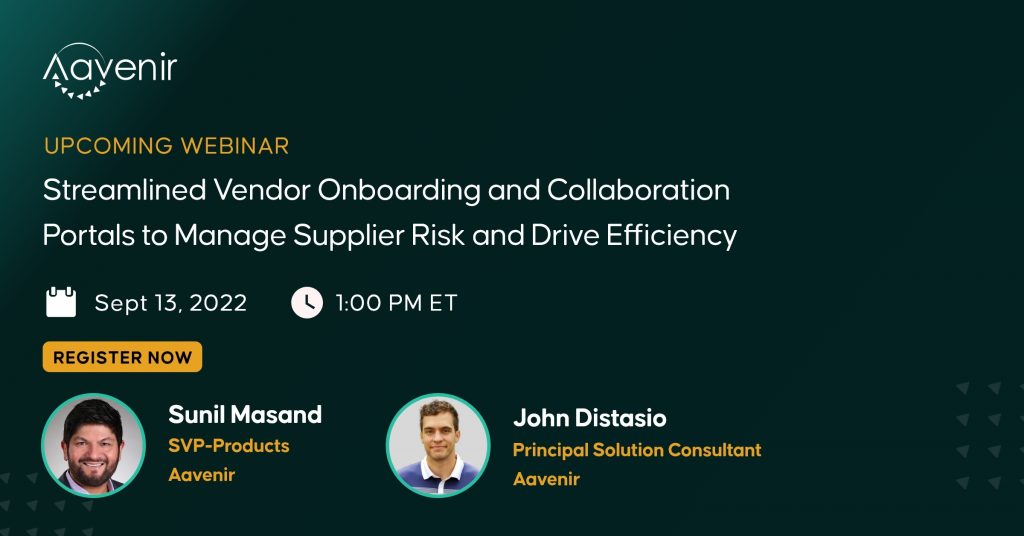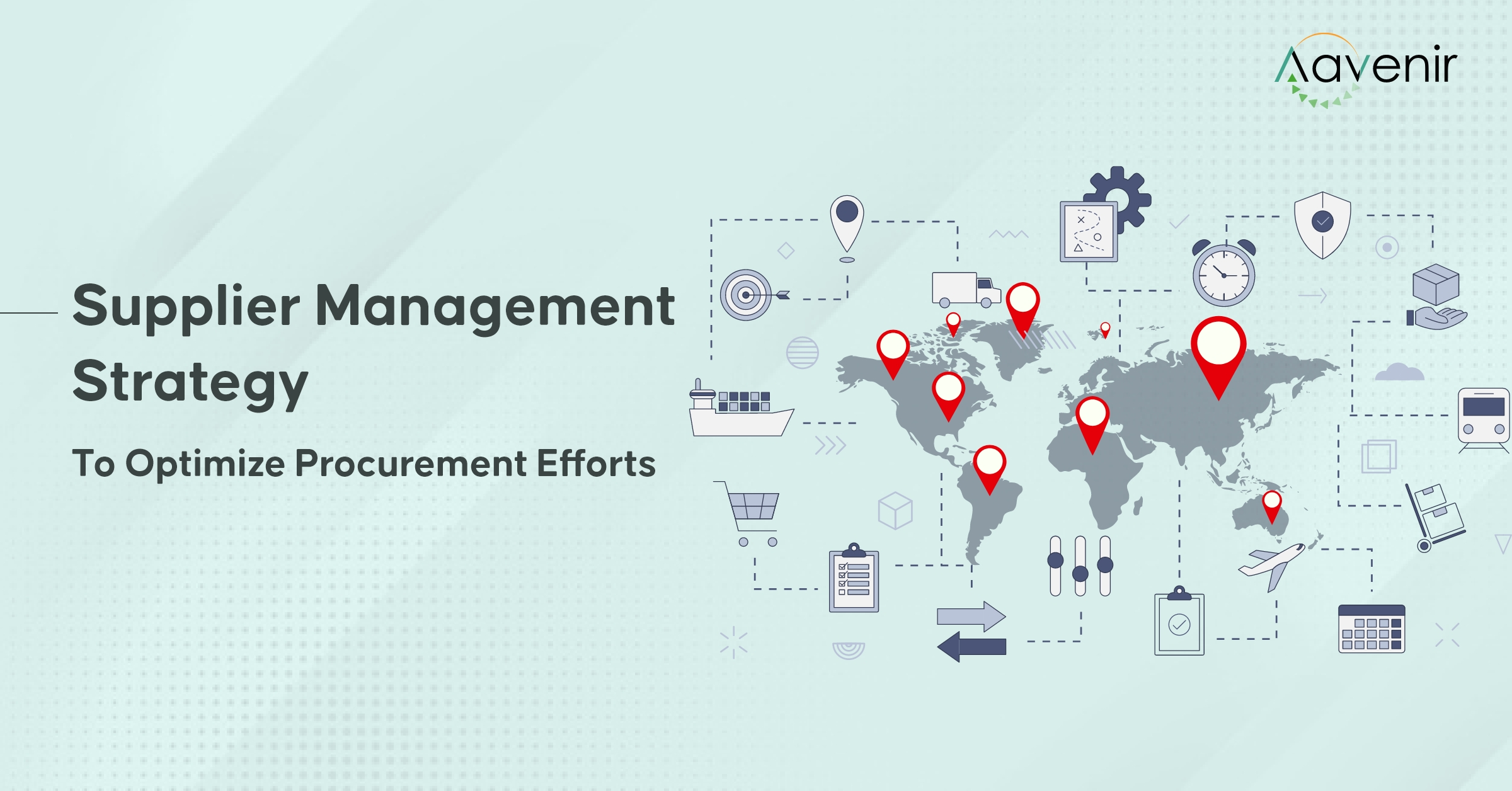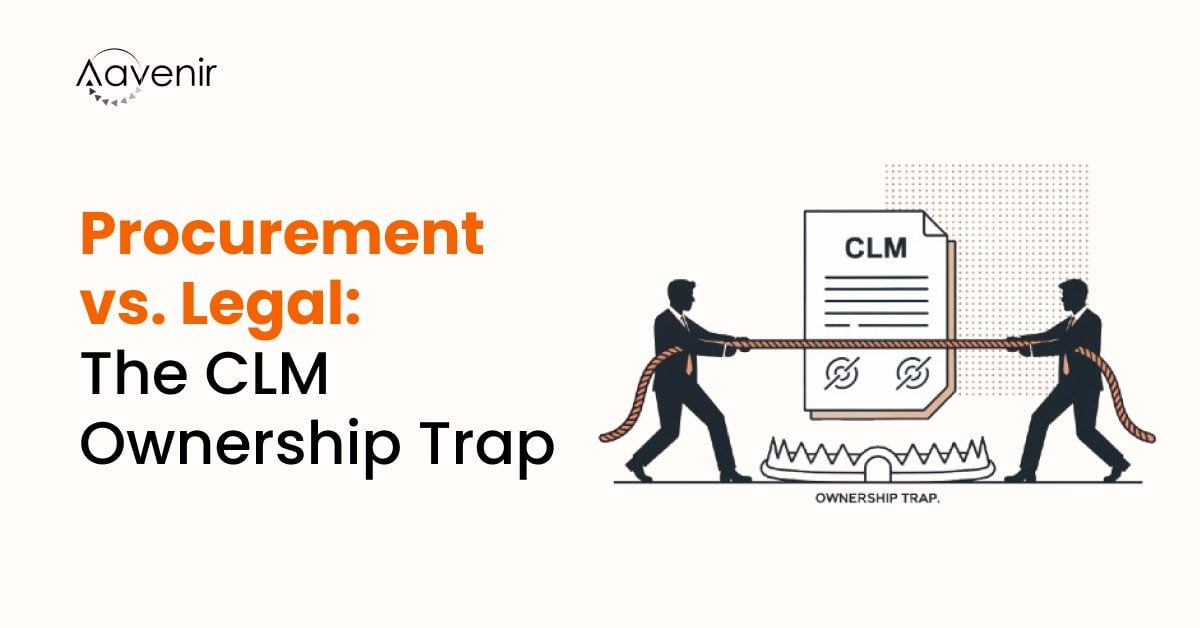A renewed focus on supply chains requires procurement teams to rethink their fundamental role, i.e., efficient supplier management. Supplier management is a broad term that encompasses supplier performance management, supplier relationship management, supplier risk management, and overall supplier experience management.
Supplier Management Strategy (and Proven Tips) To Optimize Procurement
An ideal supplier management strategy not only optimizes your procurement efforts but also provides two-way benefits, as follows:

However, did you know supplier management starts with accurate vendor onboarding? Most organizations overlook this function and find themselves in tight corners.
72% of organizations have manual supplier onboarding processes, whereas 36% of CPOs said that suppliers fail to meet new requirements.
Let us focus on the best practices of vendor onboarding that result in better vendor management (and, thereby optimized supplier management strategy) across the lifecycle.
Tip 1 – Evaluating and Selecting Supplier
When assessing a vendor before onboarding, it is important to understand how the vendor fits into the overall context of your organization’s projects and values. Establish evaluation criteria and build supplier scoring around your business goals.
Tip 2 – Building and Maintaining Supplier Relationships
Owning a detailed and up-to-date supplier database will significantly help in planning, saving money, selecting new vendors, and maintaining strong supplier relationships. Embrace technology and automation to build strong processes and bridge supplier communication gaps.
Read more on how vendor portals help strengthen your vendor collaboration.
Tip 3 – Negotiating Contracts and Pricing with Suppliers
Negotiating with influential vendors for the right deal is a challenge in the modern procurement era, where the focus has shifted from buyers to vendors. No matter what you are in procurement negotiations for, it’s best to obtain quotes from at least three suppliers by sending a request for proposal (RFP) to multiple suppliers before entering into negotiations with any of them.
Explore 3 win-win strategies to negotiate with powerful vendors.
Tip 4 – Managing Supplier Performance
Performance management is much more than compliance management. However, if not properly measured or managed, it can distract from the ultimate value created from a supplier partnership. One of the great ways to analyze supplier performance (and take corrective action) is by building a supplier scorecard to measure procurement KPIs.
Use this Supplier KPI worksheet to rate your vendors’ performance.
Tip 5 – Resolving Issues with Suppliers
The timely resolution of issues can help improve supplier engagement and experience exponentially. Invest in regular and effective communication with your supplier. Timely and frank discussions not only build trust and respect but will also help prevent problems from festering into more serious issues.
How Would You Rate Your Supplier Management Strategy?
- How confident are you in your ability to onboard vendors?
- Is your vendor onboarding process streamlined and simplified?
- Are you able to source your preferred vendors?
Well, your answers reveal your actual situation. You are not alone; every other organization faces daunting challenges, from bidding to supplier sourcing and vendor onboarding to vendor obligation management. Follow the above-mentioned tips to ensure everything is right with your supplier management strategy.
If you want to dive deep into how best you can enhance vendor collaboration across Source-to-Pay processes and drive efficiencies, DO NOT miss this opportunity.
Register for the LIVE session here:




